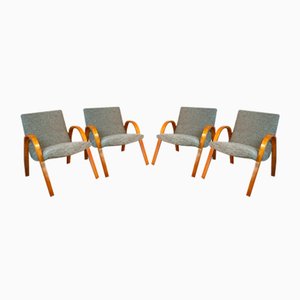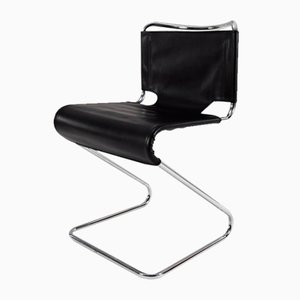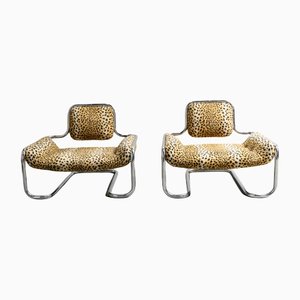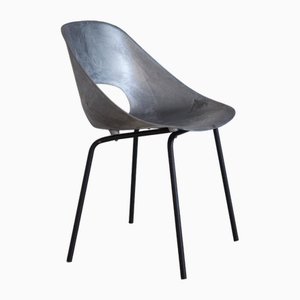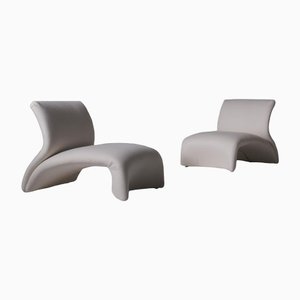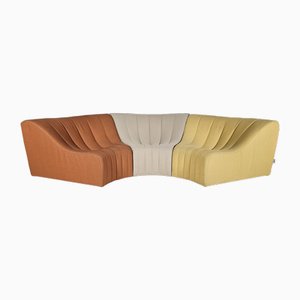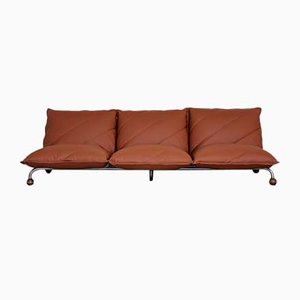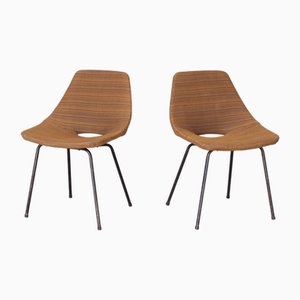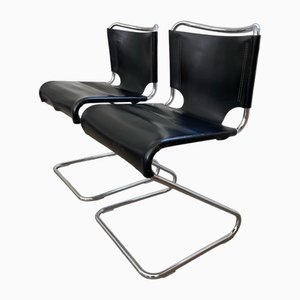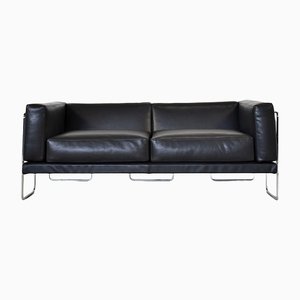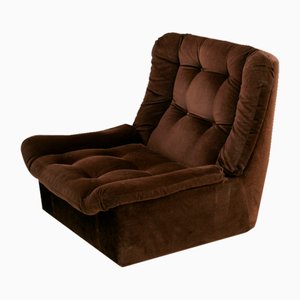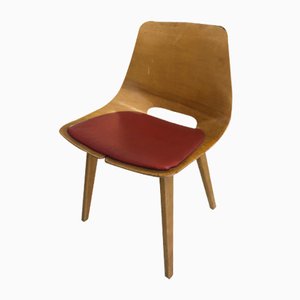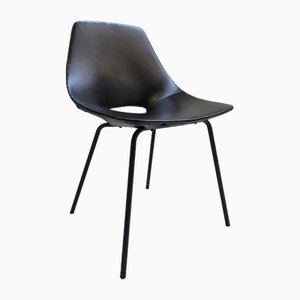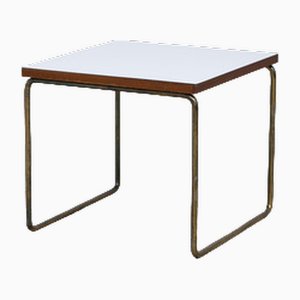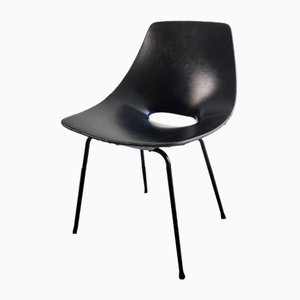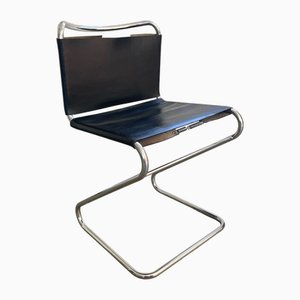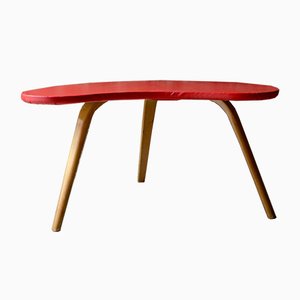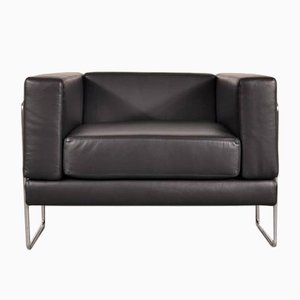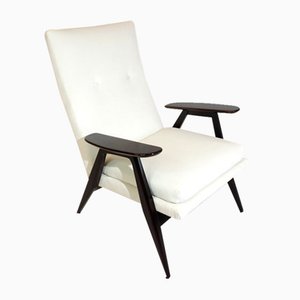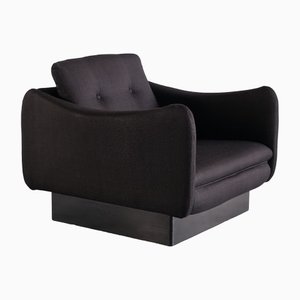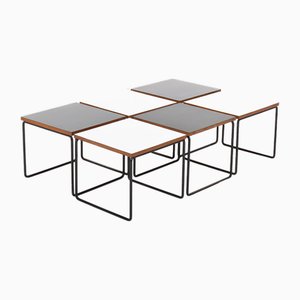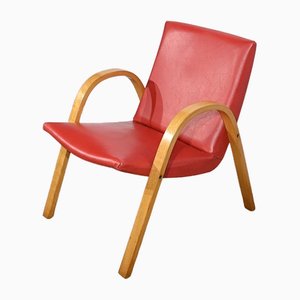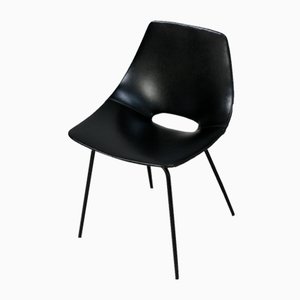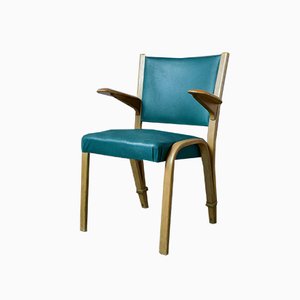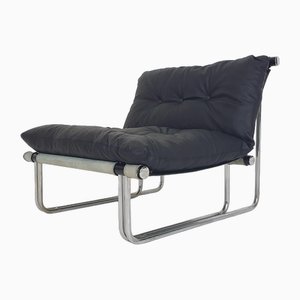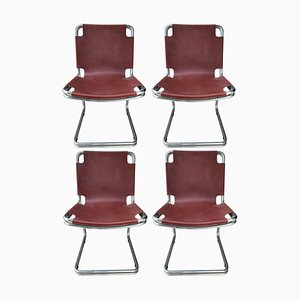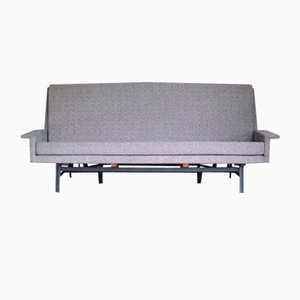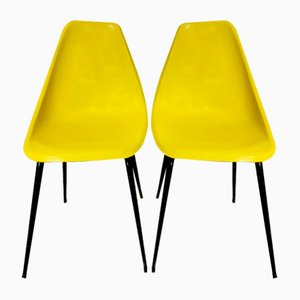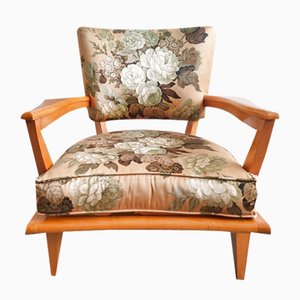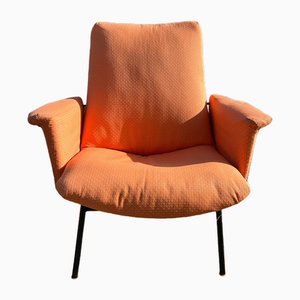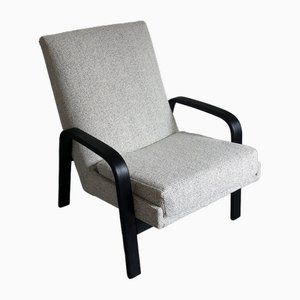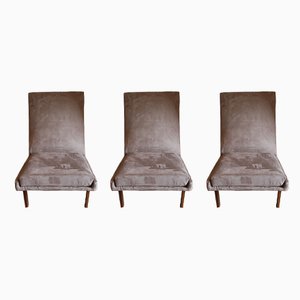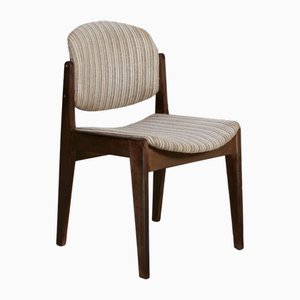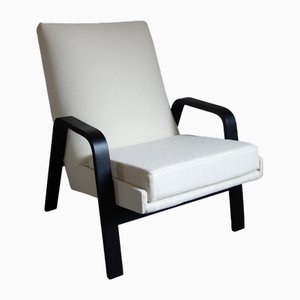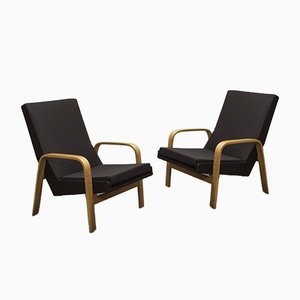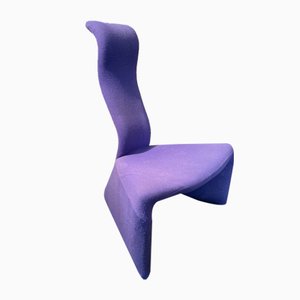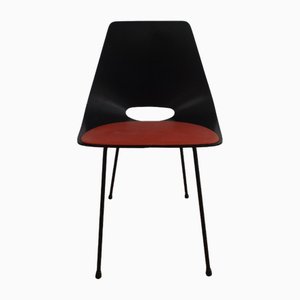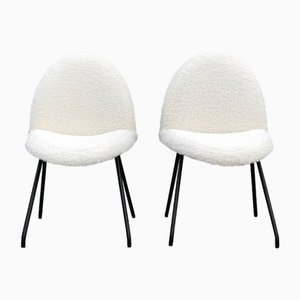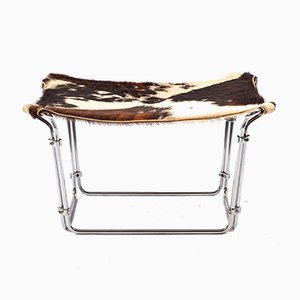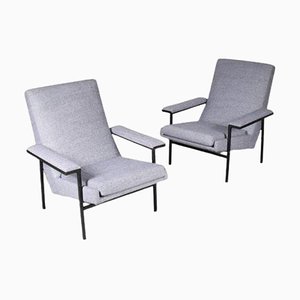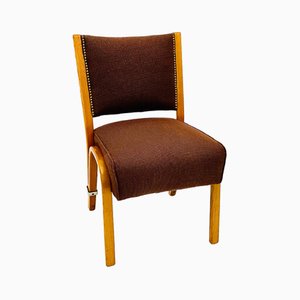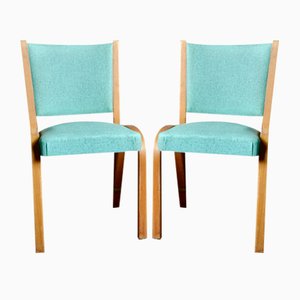
French furniture manufacturer Steiner is an internationally recognized furniture company that has collaborated with world renowned designers for the past ninety years, creating modern classics.
Charles Steiner was born in 1894 in Bucharest, Romania. He moved to Paris, where he was drawn into the principles of functionalism and the Bauhaus. In 1926 founded his eponymous furniture company in the Parisian suburb of Faubourg St. Antoine. He understood the significance of the modernist and functionalist movements and his designs were hugely influenced by Le Corbusier and Mallet-Stevens . In 1930, his Constance Chair which featured nickel-plated tubular legs, went into production. Steiner collaborated with the French Avant-garde designer Etienne-Henri Martin (1905-1997), and together the pair designed the SK140 Armchair (1937). Shortly after World War II, Steiner moved away from functionalist design, focusing instead on more contemporary styles that accentuated comfort and user-interaction, utilizing bold colors and curved forms.
Hugues Steiner (1926-1991) acquired the family business in 1946 after the death of his father. Shortly after, in 1951 architect-designer Pierre Guariche (1926-1995) began to work with Steiner. Guariche designed the innovative Tonneau Chair in plastic and aluminum in 1953, and the bent plywood version in 1954. Tonneau was hugely successful—it was easy to manufacture and inexpensive to buy. Steiner continued to collaborate with the newest design talents, which included René-Jean Caillette—whose molded plywood Diamond Chair (1957) was awarded the gold medal at the International Exposition in Brussels in the same year—and Joseph-André Motte, who designed the minimal 770 Armchair (1958). Other classic designs included Michel Mortier’s Teckel Two-Seater Sofa (1950); Pierre Guariche’s SK660 Lounge Chair (1953), Vampire Chair (1954), Amsterdam Chair (1954), Tulip Chair (1953), and Crocus Chair (1966); Kwok Hoi Chan’s Zen Chair (1969), Chromatique Sofa (1970) and Limande Chair (1971); Hugues Steiner’s Bow-wood Chair (1948), which referenced Alvar Aalto’s streamlined designs, and Ikeda Sofa (1979); Bernard Masson’s Equinox Sofa (1997); and Maurizio Manzoni & Roberto Tapinassi’s Mandala Sofa (2000), among others.
In 1960, artist and painter Gilbert Steiner joined his brother and oversaw the company’s design department. In the mid-1960s, however, he left the company in order to devote himself to painting. Gilbert Steiner's work focused on technical and functional models, many of which were for commercial and institutional use, such as his Rugby Chair (1950s).
In the 1980s, Steiner collaborated with fashion designer and brand Pierre Cardin, who designed various sculptural pieces upholstered in brightly-patterned fabrics. In 2002, the Steiner Young Designer Award was created to highlight the meaningful collaboration between designer and the brand. The Steiner Historic Design Collection, which boasts more than 140 major works produced by the brand since 1926, was exhibited at the Via Gallery in Paris in 2007; the Museum of Contemporary Art, Marseille in 2008, and the Galerie Pierre Bergé, Brussels in 2008.

